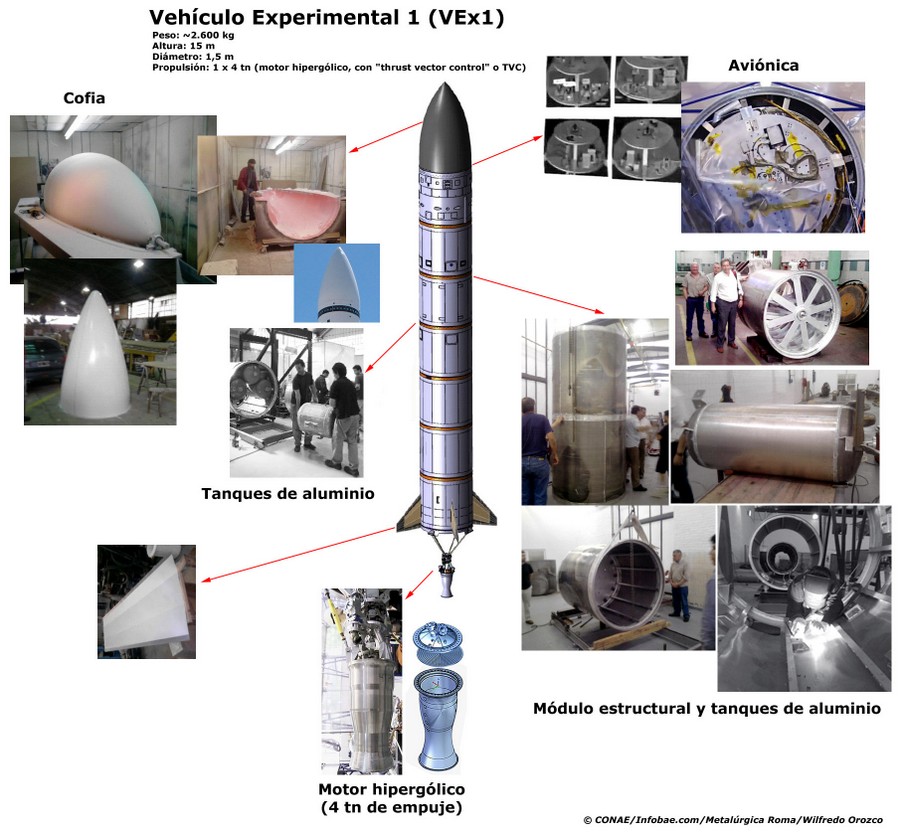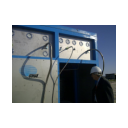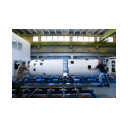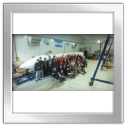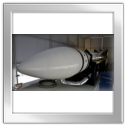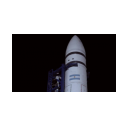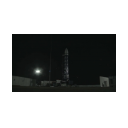Carrier Rocket Tronador - Machtres Fighters
Main menu:
- index
- Air Services
-
Planes
- list
- Weapons
- Gallery
- transport
- liners
- X projects
- Air Forces
- Air Disasters
- red-bull
- Specials
- Choppers
- History
- Aircraft Carriers
-
Information
- Argentine
- Space
Carrier Rocket Tronador


![]() Argentina plans to develop a rocket launcher that will be able to place its domestically built small satellites into low Earth orbit, the head of the Argentine National Commission for Space Activities (CONAE) announced Aug. 15. Conrado Varotto said Argentina could launch satellites for one quarter the cost of buying foreign launch services, and that the technology would all be developed domestically. According to CONAE, the Tronador II ("thundering") rocket will build on Argentina's current Tronador I project, which uses a liquid-
Argentina plans to develop a rocket launcher that will be able to place its domestically built small satellites into low Earth orbit, the head of the Argentine National Commission for Space Activities (CONAE) announced Aug. 15. Conrado Varotto said Argentina could launch satellites for one quarter the cost of buying foreign launch services, and that the technology would all be developed domestically. According to CONAE, the Tronador II ("thundering") rocket will build on Argentina's current Tronador I project, which uses a liquid- Tronador (Thunderer) is a series of Argentine rockets, including the Tronador II, a liquid propellant expendable launch system which is under development.
Tronador (Thunderer) is a series of Argentine rockets, including the Tronador II, a liquid propellant expendable launch system which is under development.
The Tronador I rocket is an unguided liquid fueled rocket, used for suborbital test flights. It will lead to the larger Tronador II, which will have an indigenous guidance system and be capable of reaching low Earth orbit. It is expected to make its maiden flight in 2017.
Tronador I
One Tronador I (T1) vehicle was flown, on the June 6, 2007 from the Puerto Belgrano Naval Base.
Characteristics
Length (mm) 3400
Stages 1
Total takeoff mass (kg) 60
Payload mass (kg) 4
Thrust 500kgf x 10 sec
Tronador Ib
One Tronador Ib (T2) vehicle was flown, on the August 5, 2008 from the Puerto Belgrano Naval Base.
Characteristics
Length (mm) 3400
Stages 1
Total takeoff mass (kg) 60
Payload mass (kg) 4
Apogee (km) 15~20
Thrust: 1500kgf x 10 sec
Tronador II
Characteristics
The projected Tronador II rocket has the following configuration:
Length (mm) 33000
Stages 3
Diameter 2.5m -
Empty mass (kg) 8000
Total weight(kg) 64000
Payload mass (kg) 200-
Apogee (km) 600-
1st stage thrust: 90t(3x30t)
2nd stage thrust: 30t
3rd stage engine: 4t thrust , 60 seconds burn, 2800kg of fuel
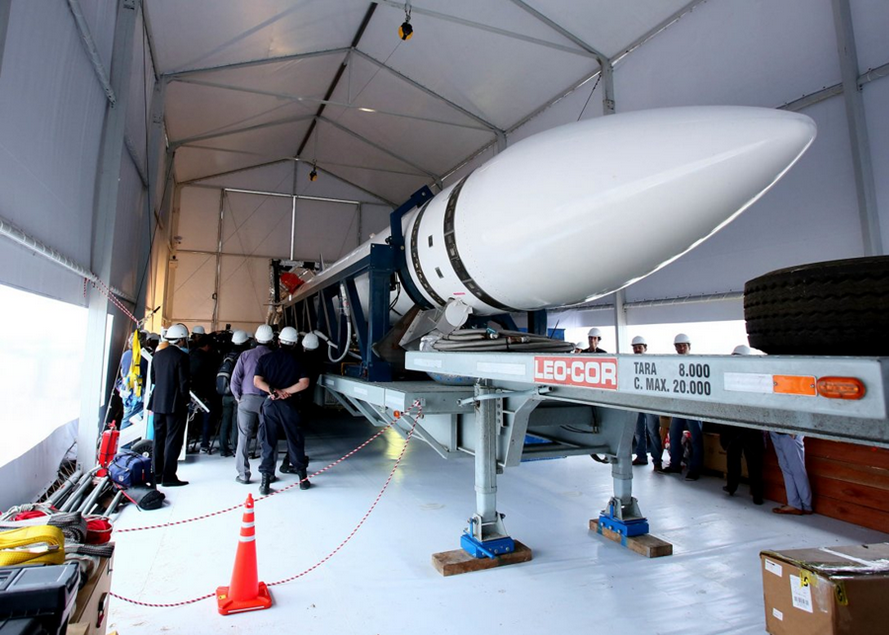
VEX 1A. The full Tronador II is expected to launch in 2017 from the Puerto Belgrano Naval Base.
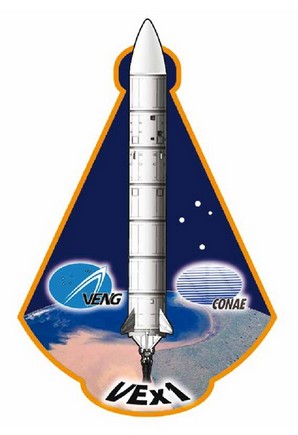
Program
The "Vex" prototipe plan is as follows:
Demonstrator missions:
Vex1 -
Vex1B launched in August 15 at 19.25 hours. Vex1A failed two launch attempts on January and February 2014
Vex2 -
Vex3 -
Vex4 -
Vex5 -
Orbital capable Tronador II:
First flight -
